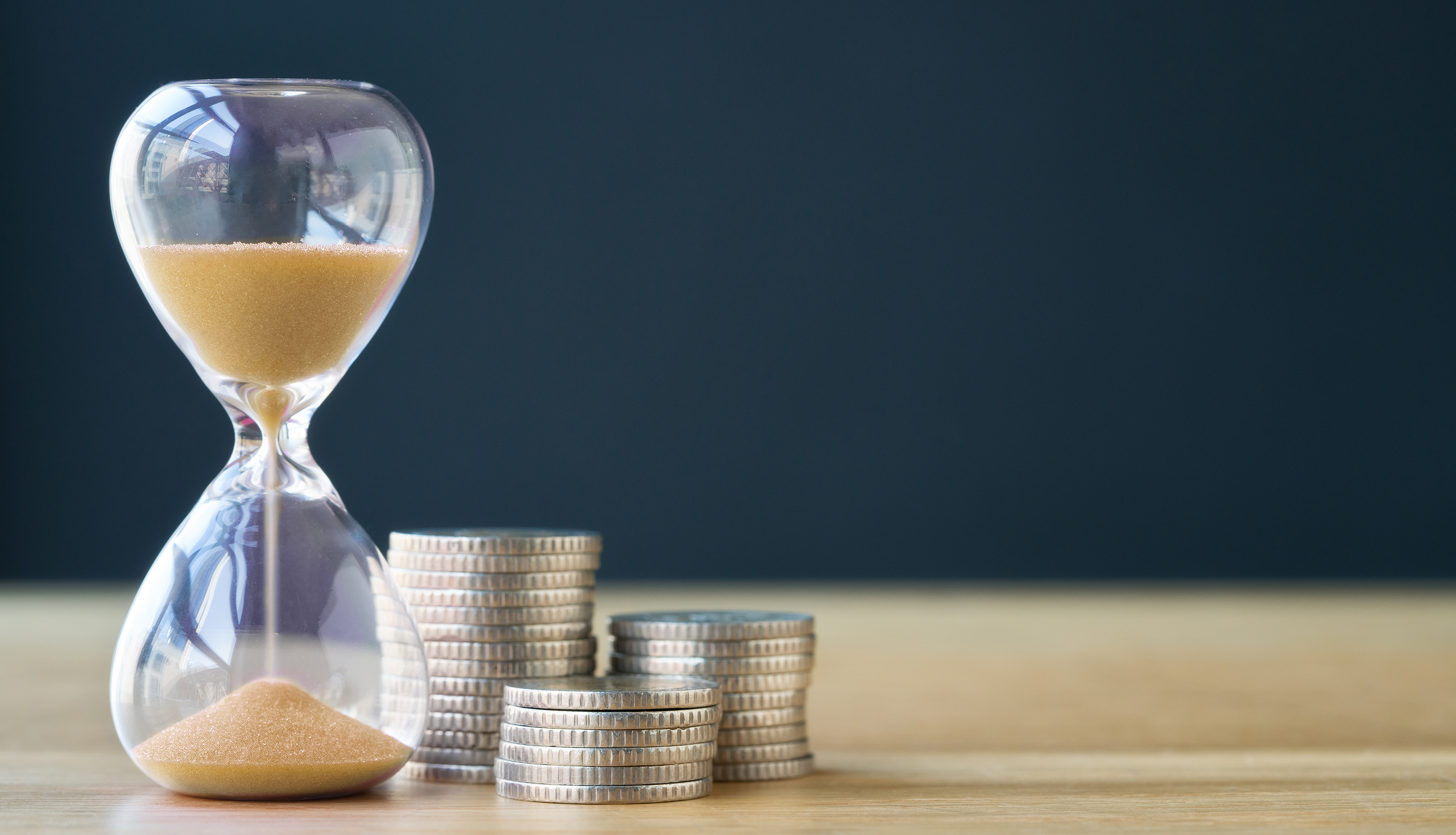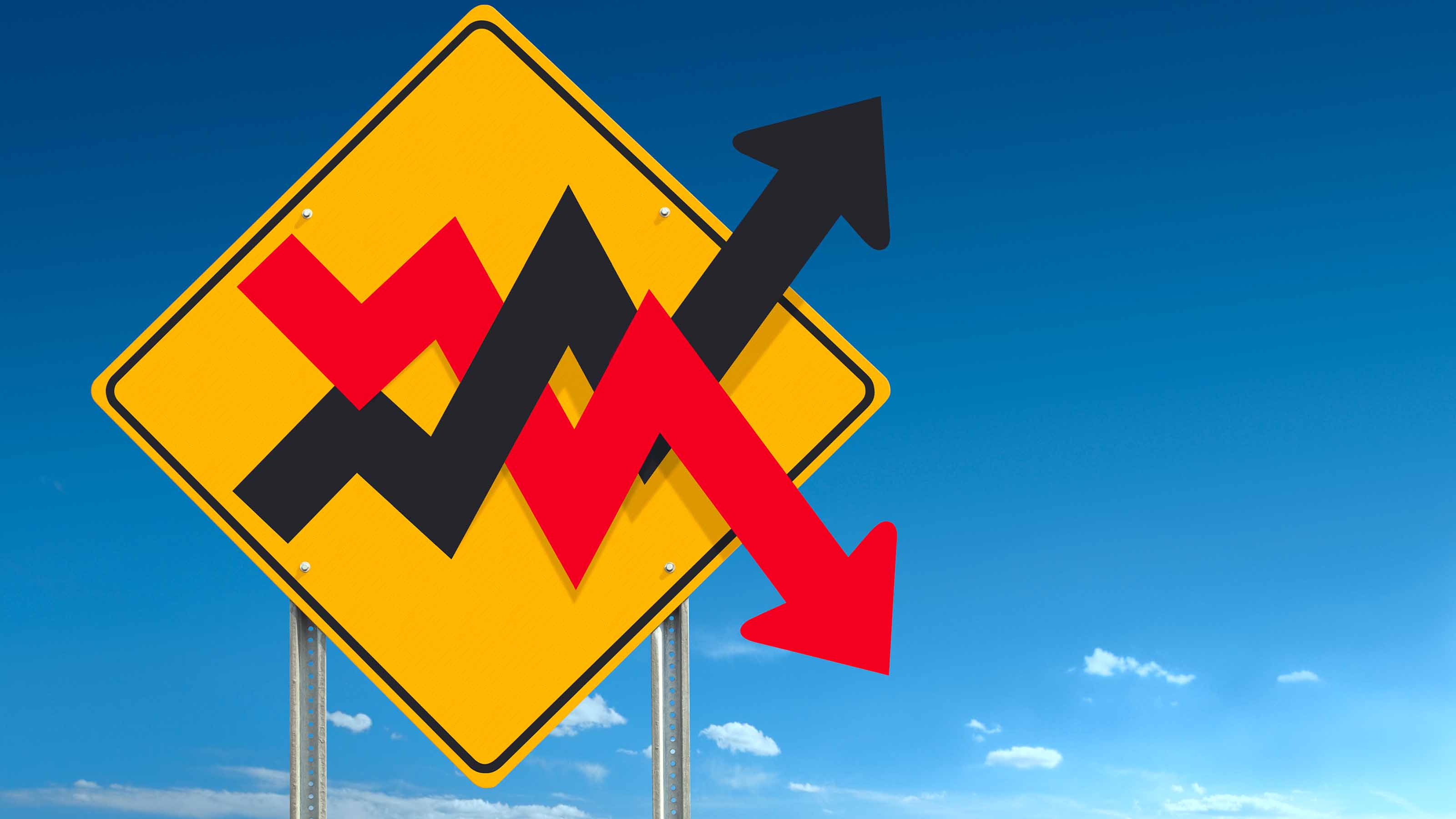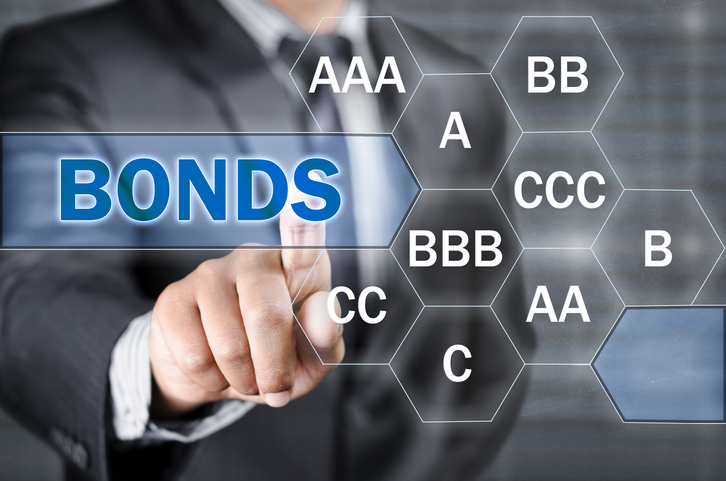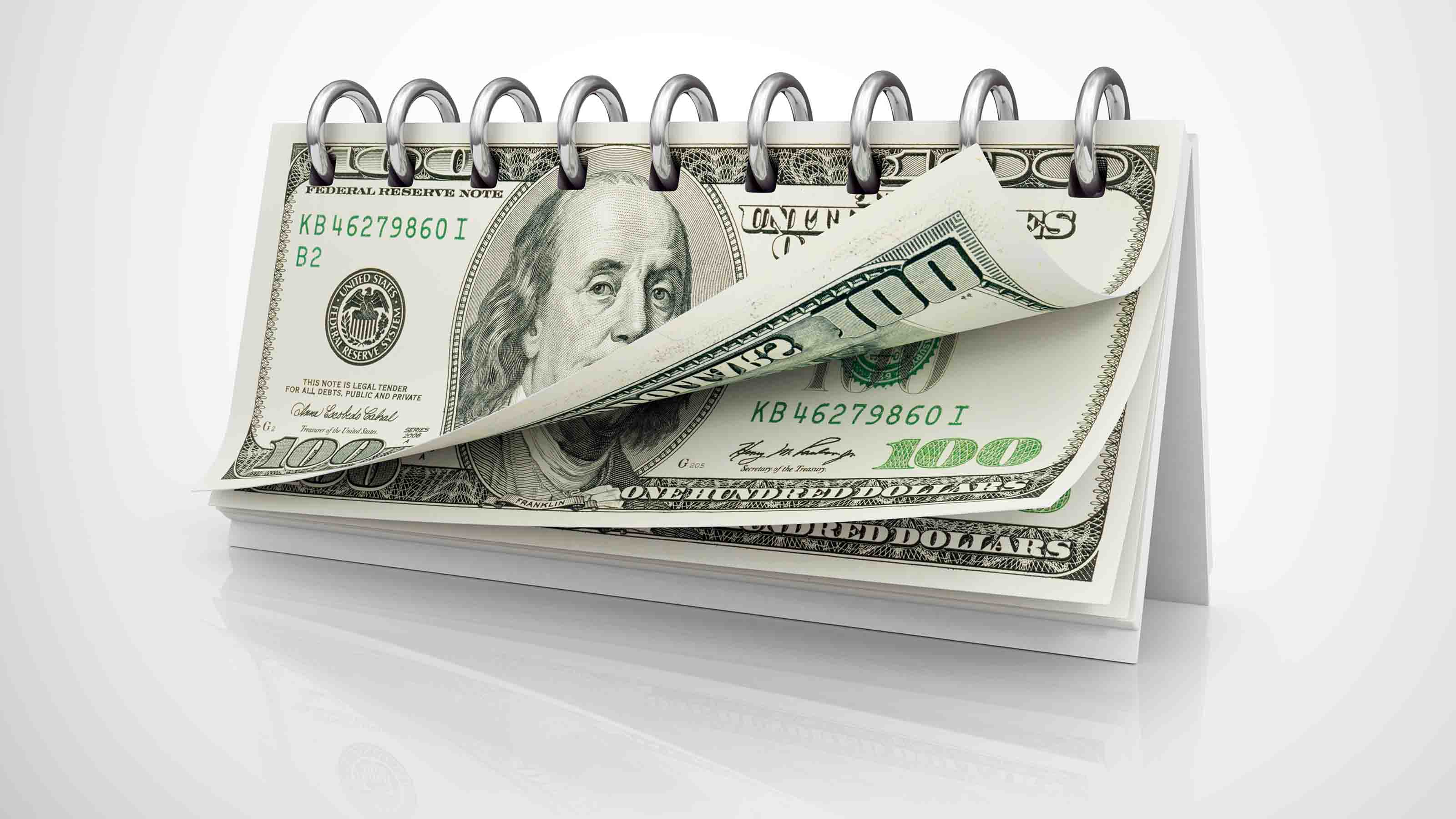Pimco's Total Return ETF: Walk, Don't Run
The forthcoming exchange-traded fund is getting lots of buzz, but will it be able to stand up to the hype?

It's unusual to greet the arrival of a new exchange-traded fund with the hoopla that heralds the initial public offering of a stock such as Facebook. Who gives a fig about a fund until it has a record to dissect? Yet there's an uncommon buzz about the anticipated March 1 debut of Pimco Total Return Exchange-Traded Fund (symbol TRXT).
The draw is Bill Gross, Pimco's founder, co-chief investment officer and bond market guru. He's the manager of Pimco Total Return (PTTDX), which, with $250 billion in assets, is the world’s largest mutual fund (Pimco's literature lists Gross as manager of 145 funds and separate accounts; Gross also manages Harbor Bond, a near-clone of Pimco Total Return and a member of the Kiplinger 25). To think ol' Bill will be personally guiding the ETF is like expecting to see a big-city mayor seizing the controls of a snowplow during a major winter storm.
But because an ETF must report its holdings daily, Total Return ETF will spawn frequent headlines about the day-to-day moves of Gross and other Pimco poohbahs. Are they buying Treasury bonds? What about mortgage-backed securities? Is Pimco bullish on the euro and betting against the dollar? (By springtime, I bet, someone will start a Gross Watch using Total Return ETF as a reference marker.)
From just $107.88 $24.99 for Kiplinger Personal Finance
Become a smarter, better informed investor. Subscribe from just $107.88 $24.99, plus get up to 4 Special Issues

Sign up for Kiplinger’s Free Newsletters
Profit and prosper with the best of expert advice on investing, taxes, retirement, personal finance and more - straight to your e-mail.
Profit and prosper with the best of expert advice - straight to your e-mail.
But just because Gross will be telegraphing his moves more often doesn't mean that you can profit from the info. He is hardly infallible. In fact, he's been in a bit of a slump. Gross vacillated on Treasury bonds the past several years, sometimes recommending their sale, only to see U.S. government debt mount yet another rally (meaning that their prices went up and their yields went down). He's now a reluctant fan of T-bonds, but that's because he is bearish on stocks and the U.S. and global economy. In October 2011, Gross wrote in boldface on Pimco's Web site: "There are no double-digit investment returns anywhere in sight for owners of financial assets."
His words were, to put it charitably, untimely. From the day the stock market's summer-fall correction ended on October 3 through February 13, Standard & Poor's 500-stock index jumped a cool 24%. Other markets and sectors have done even better.
Come to think of it, Pimco's flagship didn't exactly set the fund world on fire last year. Total Return earned just 3.9% in 2011, putting it in the bottom 11% of intermediate-term taxable bond funds, according to Morningstar. So far in 2012, Total Return is doing okay, but the portfolio seems to be positioned for a far weaker economy than recent data suggest we're experiencing. Clint Eastwood would definitely run the fund differently.
Which brings me to the question you're burning to ask: Is Total Return ETF a buy? Frankly, I can't see any reason to queue up at the start for TRXT as if it were the latest model of Apple's iPad. This isn't blasphemy. It's common sense.
First, Total Return ETF is an unknown quantity, Pimco's pedigree notwithstanding. As you can see from the fund's literature, the ETF is no clone of the Total Return mutual fund. That's because bond ETFs are not permitted to invest in options, futures or interest-rate or credit-default swaps. All those gadgets are integral to the open-end version's hedging and trading strategies and its occasional periods of outperforming the popular bond indexes (See our story: Pimco Total Return's Hidden Risks). So the ETF's contents will be different. Easier to understand, I grant you, but possibly less effective.
Nor will Total Return ETF be as cost-efficient as you like if you’re used to index ETFs. Pimco set Total Return ETF's initial expense ratio at 0.55% a year, not especially low for a bond ETF (Pimco, after all, sees itself as a premium label). Annual fees for the mutual fund version of Total Return range from 0.46% to 1.60%, depending on share class. Because you buy and sell ETFs just as you do regular stocks, you'll have to pay a brokerage commission to trade Total Return ETF. And if your broker doesn't offer automatic dividend reinvestment, you'll have to collect the distributions in your account and then pay another commission to buy more ETF shares. Unless you're in a high-cost version of the mutual fund, you won't view expenses as a reason to transfer to the ETF.
As for competition, you start with a fee disadvantage of close to 0.5 percentage point compared with an index fund such as Vanguard Total Bond Market ETF (BND). It charges only 0.11% a year and is reasonably close to the Pimco ETF in maturity and duration (a measure of how much the price of a bond, or bond fund, is likely to fluctuate with changes in interest rates). None of Pimco's other ETFs are particularly inexpensive.
Now, then, ask yourself what your investment objective is. Pimco positions Total Return as a place to let its bond analysis, rate-forecasting expertise and trading artistry generate a positive return after you deduct taxes and inflation. In theory, Gross and colleagues could stash all $250 billion in cash and cash equivalents. It is a repository to preserve savings, in other words.
But many people invest in bond funds for income, and yield is a secondary consideration for both versions of Total Return. The mutual fund pays monthly and its Class D shares yield 2.7%, so you could do worse. But you can get higher after-tax income from a municipal bond fund, a ladder of individual bonds, most corporate bond or junk bond offerings, and some of Pimco's other selections.
For example, Pimco Corporate and Opportunity Fund (PTY), a closed-end fund, has a terrific record for capital gains and, at its February 13 closing price of $18.85, yielded 7.3%. Admittedly, PTY is more complicated than either the mutual fund or the ETF. As a closed-end fund, its share price trades independently of the value of its underlying assets and can sell at a premium or a discount to its value. Moreover, PTY uses leverage (that is, borrowed money) to boost yield. It contains an unusual mixture of junk bonds, municipals, some investment-grade corporates and mortgage-backed securities. All are combustible in theory. But if you respect Pimco's bond-research capabilities and aren't overly glum about the future of finance and real estate, you won’t find much to fear here.
The same is true of Pimco Corporate and Income Strategy (PCN). Another closed-end fund that uses leverage, it is a bit less aggressive than PTY. The biggest chunk of the fund, a full one-third of its assets, is in triple-B-rated corporate bonds, one of the best-positioned segments of the fixed-income universe. At its February 13 close of $16.56, PCN yielded 7.7%.
Both of these closed-ends sell at fat premiums to their net asset value (25.8% for PTY and 20.4% for PCN). But Pimco closed-ends always do, it seems, so this is a fatal flaw only if the funds fail to cover their dividends from portfolio income and resort to handing out returns of capital. But both PTY and PCN have several months’ worth of undistributed net investment income in reserve.
You might also consider a new closed-end fund from Jeffrey Gundlach, the impresario of the DoubleLine funds. DoubleLine Opportunistic Credit Fund (DBL) began trading on January 27 without any hoopla to speak of. Like Pimco Total Return, DBL can invest in just about anything, though DoubleLine is best known for managing mortgage-backed securities profitably and will feature mortgages prominently in the fund's makeup. The fund, which can use leverage, seeks high income, growth or both, which add up to -- that's right -- your total return. The worst aspect of DBL is a steep expense ratio of 1.38%, but given how well DoubleLine funds are doing, and with Gross wedded to his dismayingly downbeat investment and economic views, I wouldn't be shocked if Gundlach overcomes the handicap of the high fee in short order. At its February 13 close of $26.24, DBL sold at a 10% premium to its net asset value (DoubleLine Total Return, a regular mutual fund, is a member of the Kiplinger 25).
I will be watching both TRXT and DBL carefully to see whether either, or both or neither deserves a place on my list of funds to suggest for income and some growth.
Profit and prosper with the best of Kiplinger's advice on investing, taxes, retirement, personal finance and much more. Delivered daily. Enter your email in the box and click Sign Me Up.

Kosnett is the editor of Kiplinger Investing for Income and writes the "Cash in Hand" column for Kiplinger Personal Finance. He is an income-investing expert who covers bonds, real estate investment trusts, oil and gas income deals, dividend stocks and anything else that pays interest and dividends. He joined Kiplinger in 1981 after six years in newspapers, including the Baltimore Sun. He is a 1976 journalism graduate from the Medill School at Northwestern University and completed an executive program at the Carnegie-Mellon University business school in 1978.
-
 Tip: Ways to Track Your Credit Card Rewards
Tip: Ways to Track Your Credit Card RewardsHere are the best strategies and apps to help you stay current with your credit card rewards.
-
 How New Investors Can Pick Their Perfect Portfolio, According to a Pro
How New Investors Can Pick Their Perfect Portfolio, According to a ProSee what Cullen Roche has to say about finding your perfect portfolio as a new investor and his two-word answer on where he thinks the stock market is headed in 2026.
-
 HNW Retirees: Don't Overlook The Benefits of Social Security
HNW Retirees: Don't Overlook The Benefits of Social SecurityWealthy retirees often overlook Social Security. But timed properly, it can drive tax efficiency, keep Medicare costs in check and strengthen your legacy.
-
 The Most Tax-Friendly States for Investing in 2025 (Hint: There Are Two)
The Most Tax-Friendly States for Investing in 2025 (Hint: There Are Two)State Taxes Living in one of these places could lower your 2025 investment taxes — especially if you invest in real estate.
-
 The Final Countdown for Retirees with Investment Income
The Final Countdown for Retirees with Investment IncomeRetirement Tax Don’t assume Social Security withholding is enough. Some retirement income may require a quarterly estimated tax payment by the September 15 deadline.
-
 Why Investors Needn't Worry About U.S. Credit Downgrade
Why Investors Needn't Worry About U.S. Credit DowngradeFitch Ratings The United States saw its credit rating downgraded for just the second time in history, but experts aren't worried about the long-term damage to stocks.
-
 Income-Investing Picks for a Recession
Income-Investing Picks for a RecessionInvesting for Income Some consequences of an economic downturn work to the benefit of fixed-income investors. Here are three fund ideas that fit the bill.
-
 Dogs of the Dow Are 2022's Best in Show
Dogs of the Dow Are 2022's Best in Showdividend stocks Some of the best investments for income investors in a volatile 2022 have come from the Dogs of the Dow.
-
 Bond Values in a Volatile Market
Bond Values in a Volatile MarketInvesting for Income While the market's instability may not be over just yet, the latter half of the year should be less daunting – and possibly more rewarding – for investors.
-
 Should You Buy Bonds Now? What To Consider
Should You Buy Bonds Now? What To Considerbonds The fixed-income market has been turned on its head in recent years, but there are still opportunities for those looking to buy bonds again.
-
 Dividend Dates: A Beginner's Guide
Dividend Dates: A Beginner's Guidedividend stocks Everything you need to know about ex-dividend dates, dividend announcements and other parts of the dividend calendar.